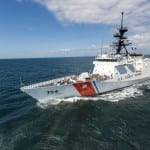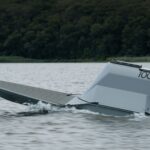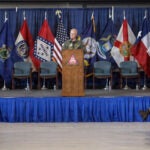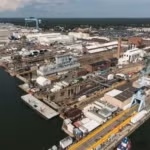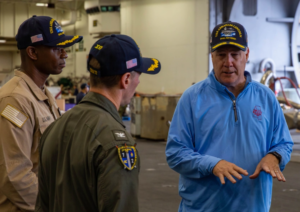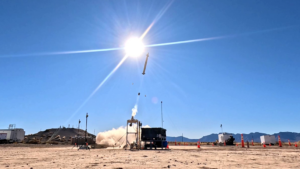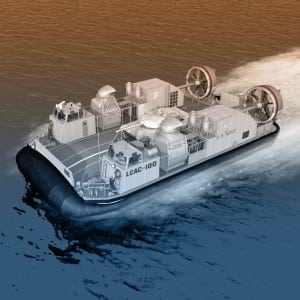
Textron [TXT] hopes to begin full-rate production of the Marine Corps’ new landing-craft air cushion (LCAC) and begin testing the first ship-to-shore connector (SSC) before the end of the year.Textron officials expect the Marine Corps to issue a request for proposals for full-rate production (FRP) of the SSC this year, Thomas Walmsley, senior vice president and general manager of Textron Marine and Land Systems, said Wednesday at the Surface Navy Association’s annual symposium in Arlington, Va.Textron is under a $213…

 By
By 